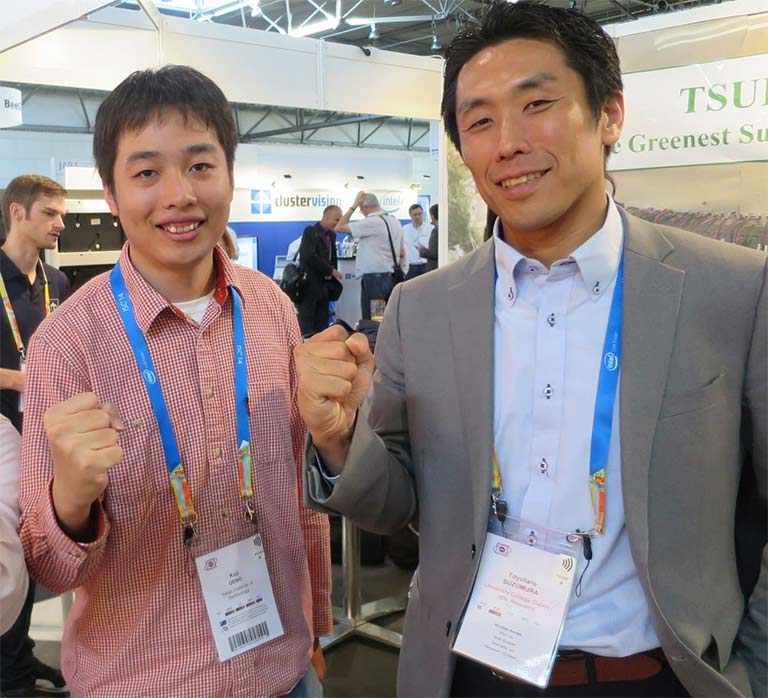UCD researcher drives K supercomputer to top of Graph 500 ranking
UCD researcher drives K supercomputer to top of Graph 500 global rankings

Software developed by Professor Toyotaro Suzumura, a researcher in the UCD School of Computer Science and Informatics, has returned the K supercomputer to the top spot in the Graph 500 global rankings for June 2015.
The purpose of the twice-yearly Graph 500 competition is to determine new benchmarks in order to judge the efficiency of supercomputers in processing complex 'Big Data' workloads that could then be used in graph and network analytics as well as 3D physics simulations.
Real-world applications of this process include areas such as logistics, emergency disaster response, energy distribution, cybersecurity, medical informatics, data enrichment and social networks.
While traditional rankings place an emphasis on physical power, the Graph 500 competition is as much about software as it is the machine itself as it is software which informs the route taken through the data set.
This is the communication dimension of the process and determines the efficiency and productivity of the machine. While the speed of a computer is determined largely by its physical elements — i.e. its CPU and cooling units — the communication ability is provided by the software running on the machine.
In order to calculate ability, the competition requires each computer to perform the same breadth-first search, starting from a single data point and then working outwards through the branches of the overall network.
Using the programme developed by Prof Suzumura and his team, the K computer took first place in the June 2014 rankings only to fall back to second in November of the same year.
Improvements were made in the intervening period that used a novel compression algorithm allowing for the faster exchange of messages between nodes on the K supercomputer which pushed the Kobe-based machine back to number one.
The competition has evidenced the dramatic scale of innovation which has taken place in the field of graph analytics since its launch in 2010.
In November of that year, the winning computer — IBM's Intrepid — clocked a rating of 7 GTEPS. The current iteration of Prof Suzumura's software this year brought the GTEPS score of the K supercomputer up to 38621.4 with second place entering a final result of 23751 GTEPS.
GTEPS refers to the number of billions of edges traversed per second by an individual machine. An edge is the connection between one vertex and another. Each vertex represents a single data point.
Prof Suzumura, a Visiting Professor in the UCD School of Computer Science and Informatics, participated in the competition for the first time in November 2011 with a team comprising himself and Koji Ueno from the Tokyo Institute of Technology. Mr Ueno was then a master's student and is now completing his PhD.
Using the TSUBAME computer they bettered the previous winner of the competition but still finished fourth with a rating just shy of 100 GTEPS.
Since then his team has expanded to include Professor Naoya Maruyama of the RIKEN Advanced Institute for Computational Science, Professor Katsuki Fujisawa of Kyushu University, and Professor Satoshi Matsuoka of Tokyo Institute of Technology.
UCD academics on The Conversation
- Opinion: The leap year is February 29, not December 32 due to a Roman calendar quirk – and fastidious medieval monks
- Opinion: Nigeria’s ban on alcohol sold in small sachets will help tackle underage drinking
- Opinion: Nostalgia in politics - Pan-European study sheds light on how (and why) parties appeal to the past in their election campaigns






